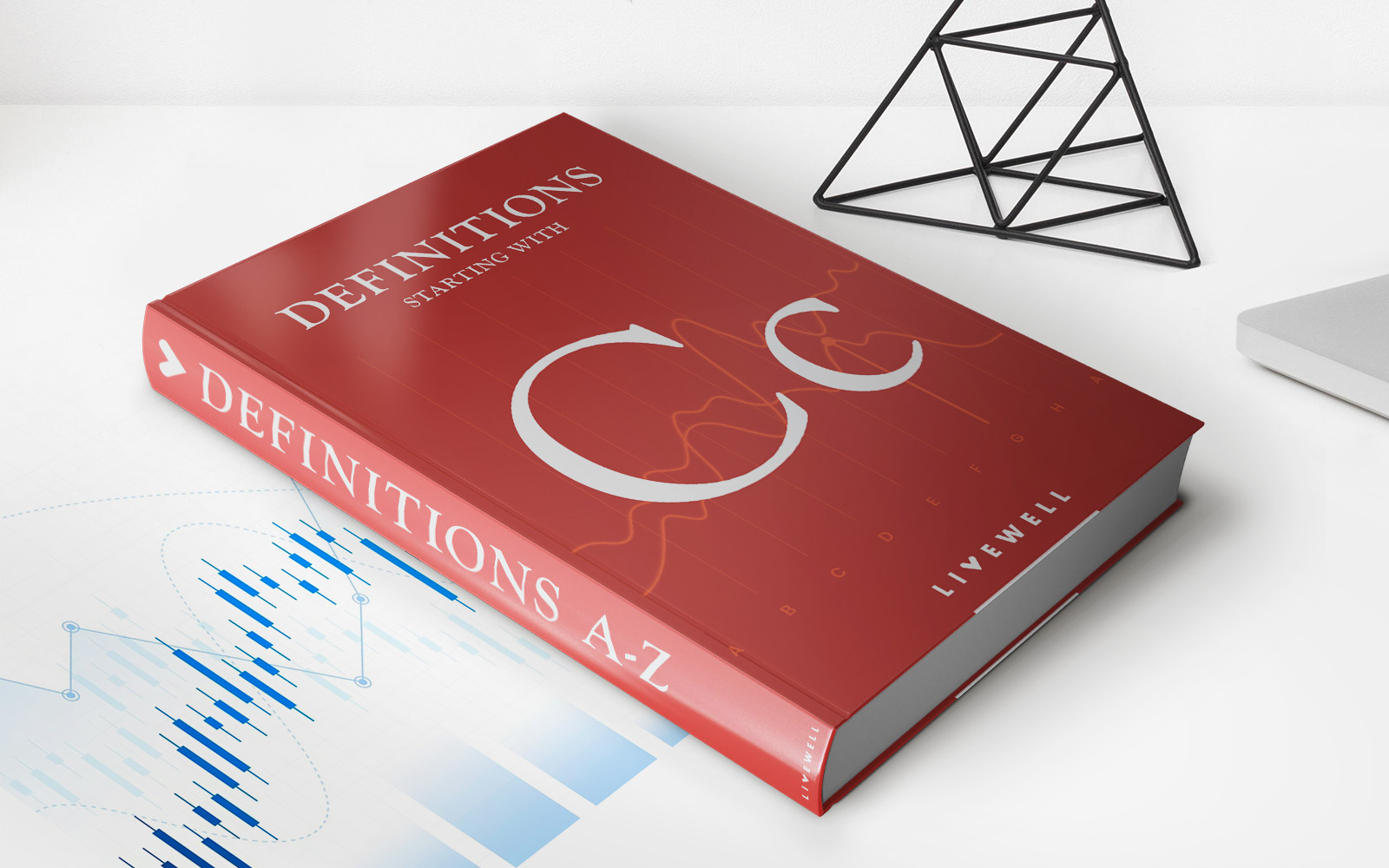

Finance
Far Option Definition
Published: November 22, 2023
Learn the meaning of far option in finance and how it impacts investment strategies. Discover the benefits and risks associated with far options.
(Many of the links in this article redirect to a specific reviewed product. Your purchase of these products through affiliate links helps to generate commission for LiveWell, at no extra cost. Learn more)
The Basics of Far Option Definition: Understanding Finance Terminology
Welcome to our “Finance” blog category where we dive into various topics related to personal finance, investments, and financial planning. Today, we are going to discuss a crucial term in the world of options trading – Far Option Definition. If you’ve ever wondered what far options are and how they play a role in financial markets, you’ve come to the right place!
Key Takeaways:
- Far options refer to long-term options contracts with expiration dates further in the future.
- These options have extended expiration timelines, allowing investors to hedge against potential market fluctuations.
So, what exactly is Far Option Definition all about? Let’s break it down into simple terms. Options are financial instruments that give investors the right, but not the obligation, to buy or sell an underlying asset at a predetermined price, known as the strike price, within a specified period. Options traders commonly use far options to benefit from long-term market trends.
Far options have expiration dates that are further in the future compared to near-term options. While near-term options usually have a lifespan of a few weeks or months, far options can extend up to several years. These extended expiration timelines make far options ideal for investors who want to hedge against potential market fluctuations over an extended period.
Here are a few key features of far options:
- Flexibility: Far options provide investors with the flexibility to take advantage of long-term market trends and give them peace of mind by hedging against short-term volatility.
- Higher premiums: Since far options have extended expiration dates, they often have higher premiums compared to near-term options. The increased time value of far options contributes to the higher cost.
- Reduced time decay: The time decay, or theta, of an option represents the reduction in its value as time passes. Far options experience slower time decay compared to near-term options, making them appealing to investors looking for long-term positions.
Investors and traders utilize far options in various scenarios, such as:
- To protect a long-term investment portfolio against potential downturns, especially during uncertain economic times.
- To speculate on long-term market trends, allowing investors to potentially profit from anticipated future price movements.
Far options are complex financial instruments, and their usage requires a solid understanding of options trading strategies and risk management. It’s advisable to consult with a financial advisor or undertake thorough research before engaging in options trading.
In conclusion, far options are long-term options contracts that offer investors the flexibility to hedge or speculate on long-term market trends. These options provide extended expiration timelines, higher premiums, and reduced time decay. Understanding far option definition is essential for those looking to expand their knowledge of options trading.
We hope this article has shed some light on the world of far options and provided you with valuable insights into this finance terminology. Stay tuned for more informative blog posts in our “Finance” category as we continue to explore various topics to help you navigate the world of personal finance and investments!














